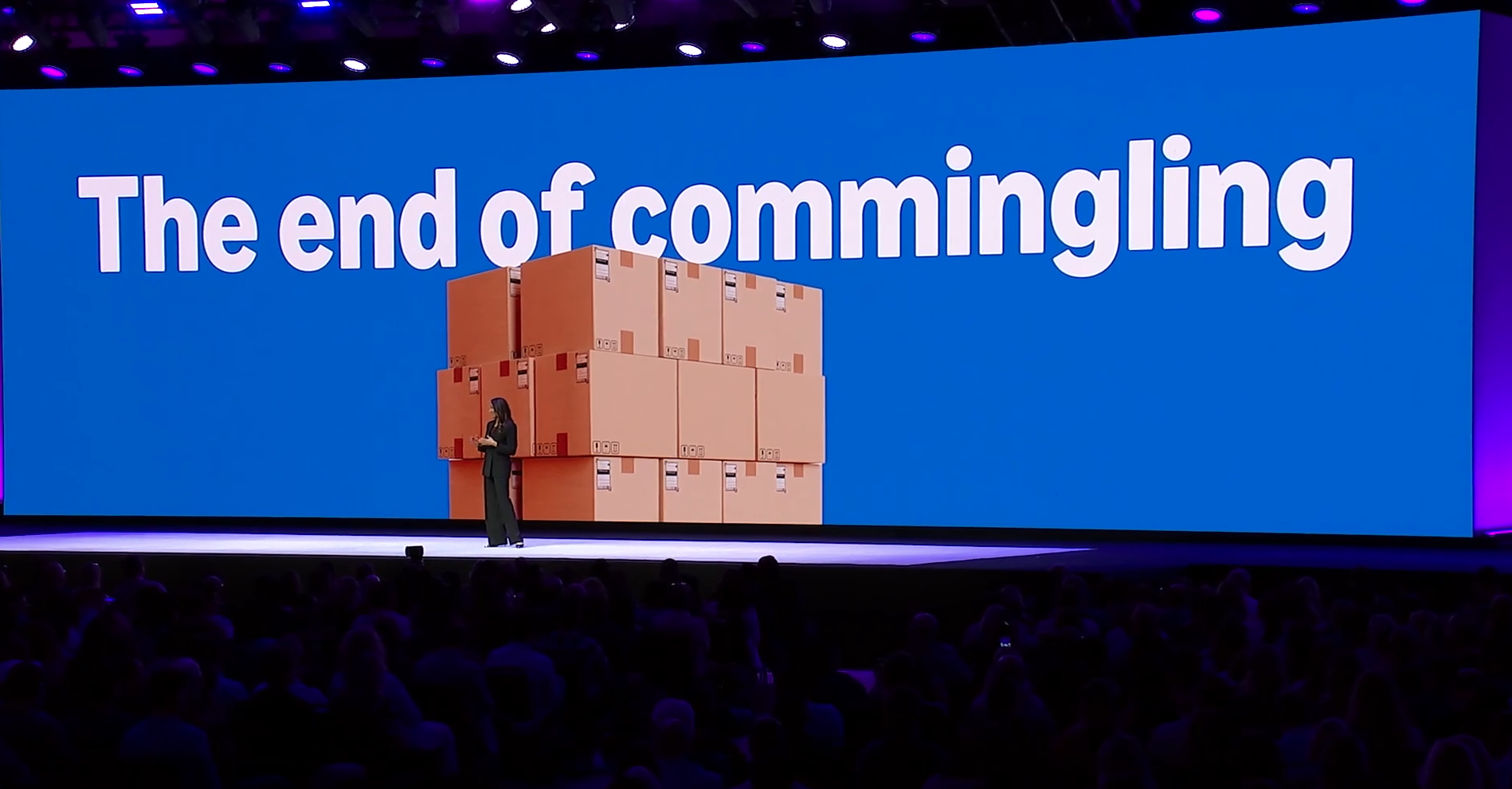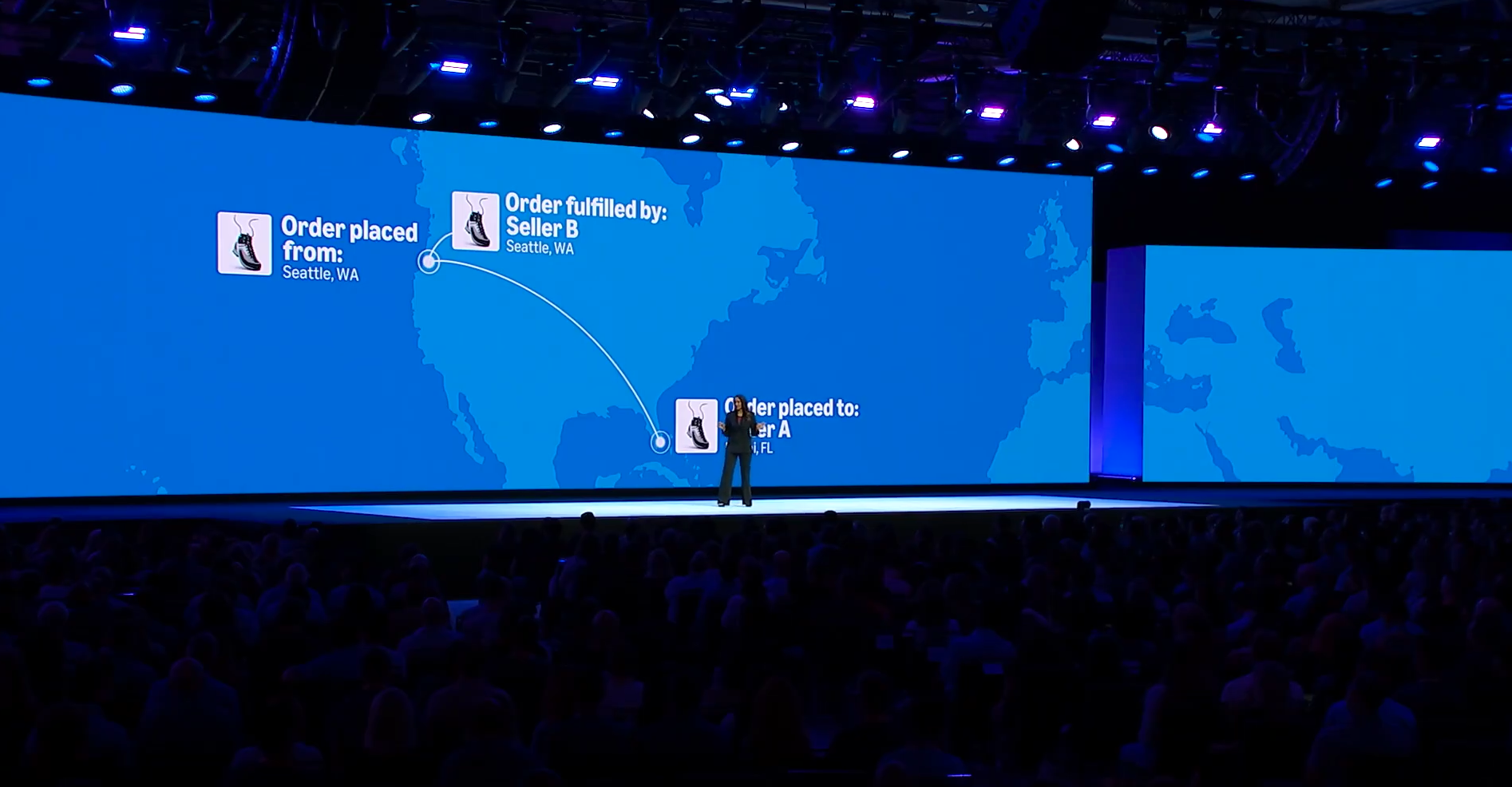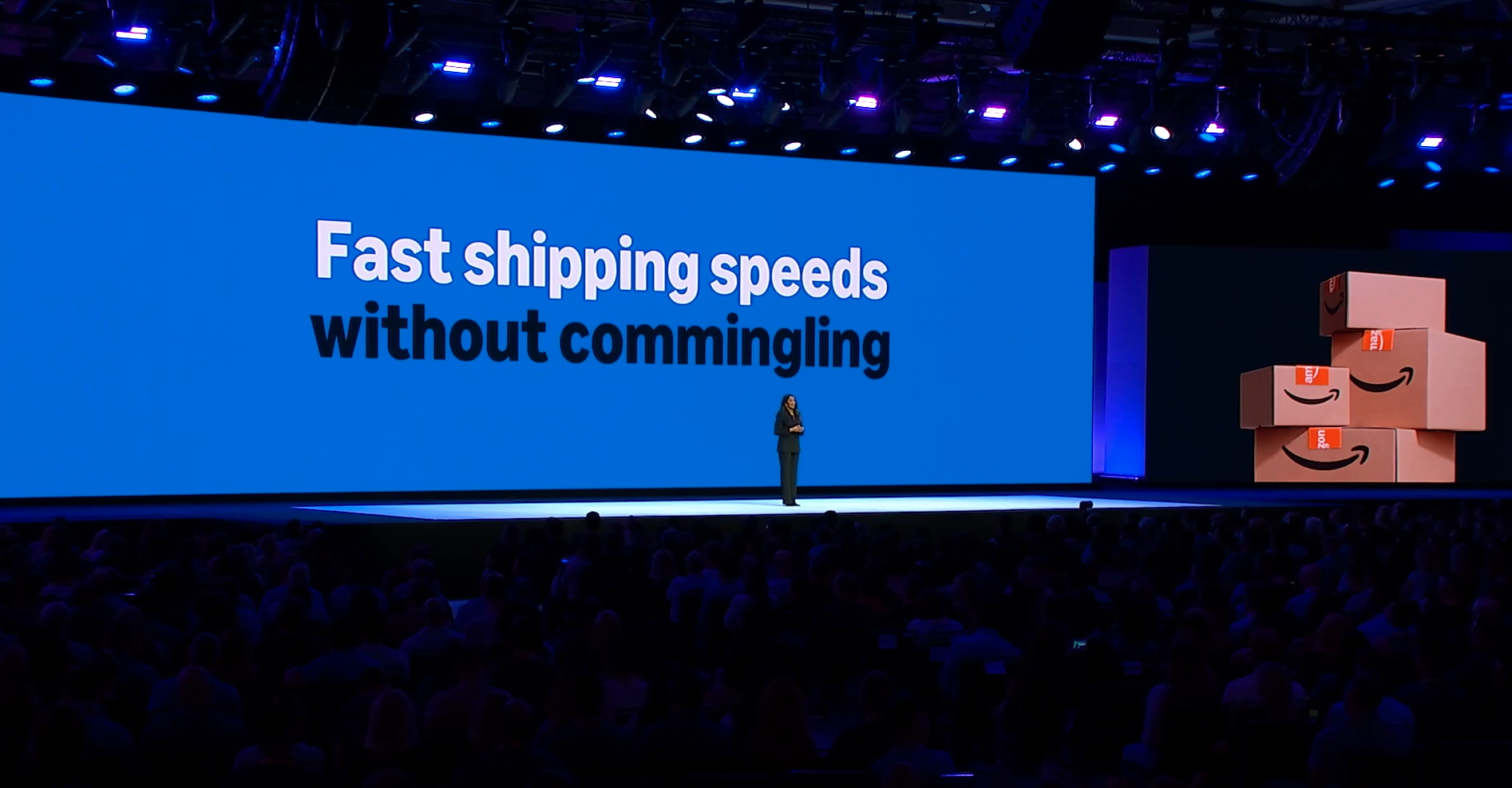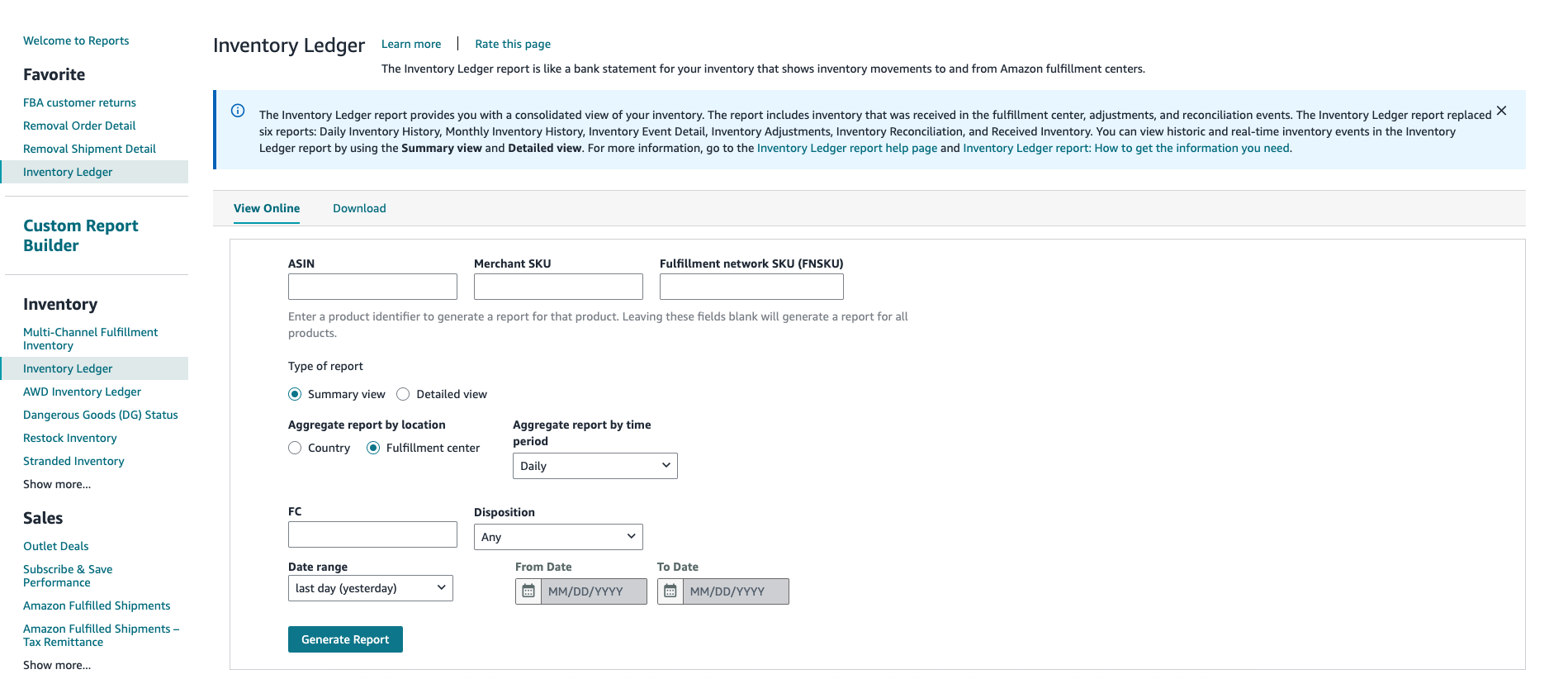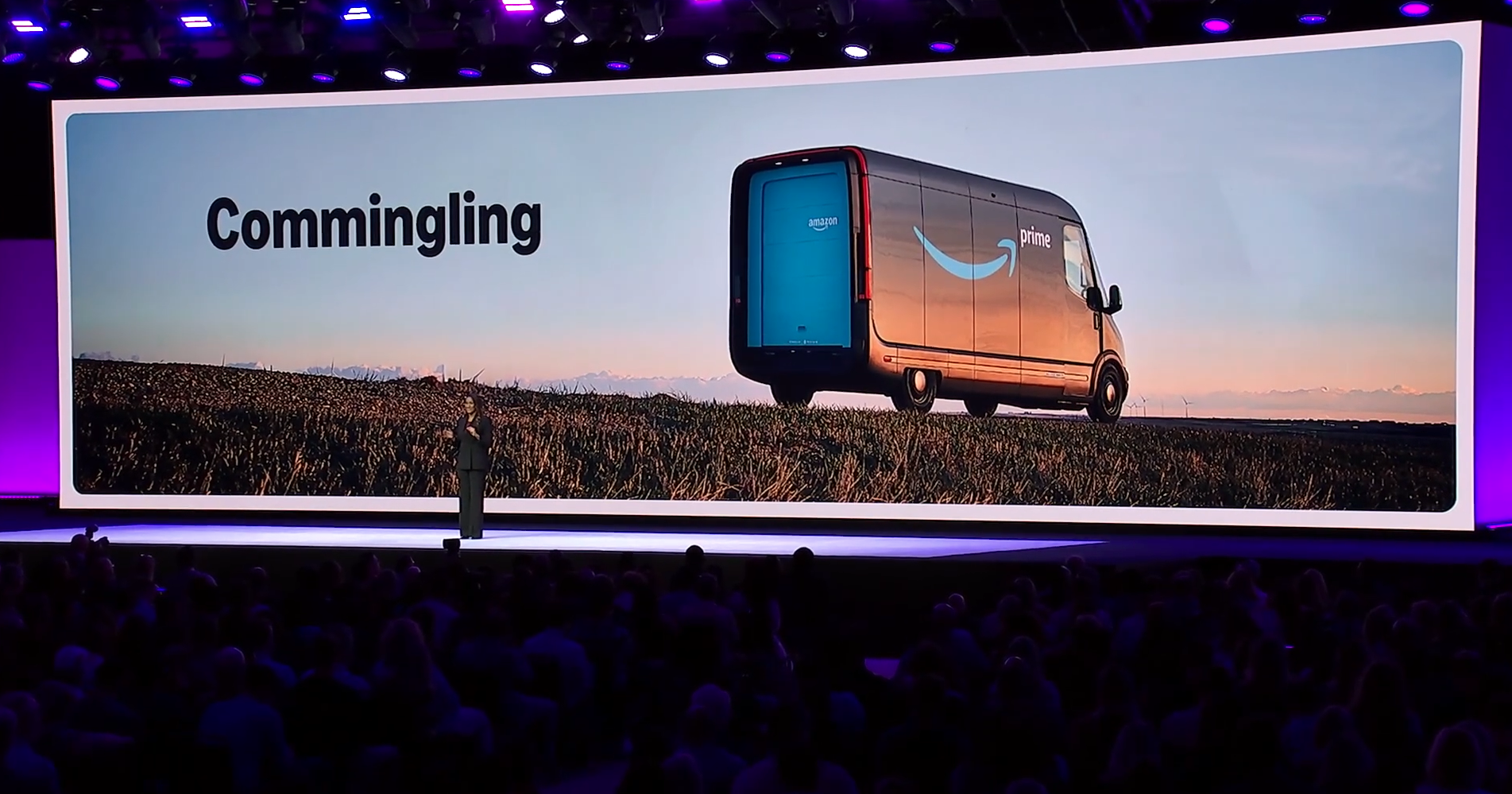Big Comingling Inventory Announcement Made at Amazon Accelerate
Amazon made a series of big announcements at its annual Accelerate conference for sellers on September 17, 2025. One change, announced at the first general session by Nadya Dhalla (Director of Supply Chain by Amazon) was the end of “commingling.” Commingling will be phased out across the supply chain, fully removed by early 2026.
Keep reading to learn about why comingling was previously needed, what this update means for brands selling on Amazon, and actions to take before comingling is completely phased out.
Why Commingled Inventory Existed & Why Amazon Ended It
Commingling is the practice of pooling identical items from different sellers under a single manufacturer barcode, with Amazon shipping the closest unit, regardless of the supplier.
Originally, commingling existed to speed up deliveries, conserve warehouse space, and reduce friction for sellers (as FNSKU stickering was not required). However, the pooling process carried the risk of mixing authentic products with counterfeit, damaged, expired, or dangerous ones from less reputable sellers. This led to concerns about product quality and customer trust, with many brands deciding to restrict their fulfillment through Amazon.
The costly workaround to avoid commingling and protect brand quality was a process known as “re-stickering”: sellers applied unique, seller-specific Amazon barcodes (FNSKUs or Fulfillment Network Stock Keeping Units) to every product. Not only was this manual task time consuming, but it was also expensive; it’s estimated that brand owners spent $600 million in the past year alone on re-stickering solely to opt out of pooling.
Amazon’s Vice President of Selling Partner Services, Dharmesh Mehta, explained that advancements in logistics (better network placement) and technology (virtual tracking of individual units) eliminated the need for physical pooling to maintain shipping speeds, thus why the comingling process will be phased out.
What the Comingling Inventory Update Means for Amazon FBA Sellers
Since Amazon is phasing out commingling (slated to be complete by the end of 2025 or January 2026), this eliminates the cost and operational need to re-sticker products merely to avoid pooling. Going forward, manufacturer barcodes will now be used for virtual tracking. Orders will ship from the specific seller’s own inventory, and returns will also trace back to that same stock. This simplifies root-cause analysis on defects or inauthentic complaints.
Industry analysts are calling this move one of the most significant steps Amazon has taken in years to protect brands on its platform, tilting the field from arbitrage resellers toward brand owners.
Actionable Steps for Amazon FBA Sellers
What happens to existing inventory that’s comingled and how to know when your brand has run out of comingled inventory:
Check and Change Account Barcode Preferences
The best place to confirm your account’s current barcode preference is during the FBA shipment process (Send to Amazon). During that process, you can set or confirm the barcode preference, as well as convert from Amazon to manufacturing barcode if applicable.
To change your account’s current barcode preference in Amazon Seller Central, go to Settings (gear icon in the top right) > Fulfillment by Amazon > Scroll down to the FBA Product Barcode Preference section > Edit.
Note that Amazon will only let you change barcode preferences for future orders and any existing inventory in fulfillment centers will not be affected. Only when you create new shipments will the barcode preference be relevant.
When Will Your Amazon Comingled Inventory Run Out?
The Inventory Ledger Report is one the most detailed sources for inventory movement. To view it, go to Reports > Fulfillment > Inventory > Inventory Ledger Report.
For future shipments, you can assume that any remaining inventory with the seller-specific FNSKU is the old, commingled stock. Once those units reach zero, your brand’s existing commingled inventory will be fully depleted.
Assuming that you switch all future FBA products to manufacturer barcodes, you will also be able to cross verify these units through the Inventory Ledger Report.
Once your FNSKU units run out and new shipments are created with the manufacturer barcodes, the comingled inventory process will be phased out.
When to Discontinue the Use of FNSKU Barcodes
Separate but related to comingling, Amazon’s FBA prep and labeling service ends on January 1, 2026. This means sellers must now handle all their own prep and labeling.
Even though Amazon is ending its product prep services, FNSKUs can still be used after the deadline. To be clear, Amazon is not getting rid of FNSKUs, just the primary function brands used it for (comingled inventory management). If your brand has existing inventory that’s comingled, it will be sold through until the stock is depleted. Once the phase-out is complete for a specific product or category, Amazon’s system will no longer pool inventory from different sellers for that item.
End of Comingled Inventory is a Huge Victory for Amazon FBA Sellers
The elimination of commingling is a major victory for brand integrity and operational control, representing a huge update and win for brands. Ending commingling provides newfound flexibility for brands to manage a single pool of inventory.
Preparing Amazon FBA Brands for 2026 Inventory Management Success
FNSKUs will no longer be a mandatory cost/effort imposed on brand owners solely to protect against the practice of commingling. This transition to non-pooled, virtual tracking will maintain delivery speeds with better brand protection. Ensure your brand is ready to capitalize on and manage this shift in with help from Brandwoven.
